Understanding the Pink Toe Tarantula
The Pink Toe Tarantula, scientifically known as Avicularia avicularia, is a popular and captivating pet tarantula. Native to the rainforests of South America and the Caribbean, these arboreal spiders are known for their striking appearance and relatively docile temperament. Their name comes from the pink or reddish hues on the tips of their feet, which provide a beautiful contrast to their dark bodies. Owning a Pink Toe Tarantula can be a rewarding experience, but it’s essential to understand their specific needs to ensure their health and well-being. These spiders are relatively low-maintenance compared to other pets, making them a good choice for beginners with an interest in exotic animals. Understanding their natural environment and behaviors will help in providing the best care.
Appearance and Characteristics
Pink Toe Tarantulas are visually stunning creatures. Their bodies are typically a dark color, ranging from black to a deep charcoal, and are covered in fine hairs. This coloration provides excellent camouflage in their natural arboreal habitats. The defining feature, of course, is the vibrant pink or reddish coloration on the tarsi (feet). This pink coloration is most prominent in younger tarantulas and can sometimes fade slightly as they mature. They have a lifespan of up to 10 years for females, while males typically live shorter lives of 2-3 years. The size of a Pink Toe Tarantula can range from 5 to 6 inches in leg span.
Identifying a Pink Toe Tarantula
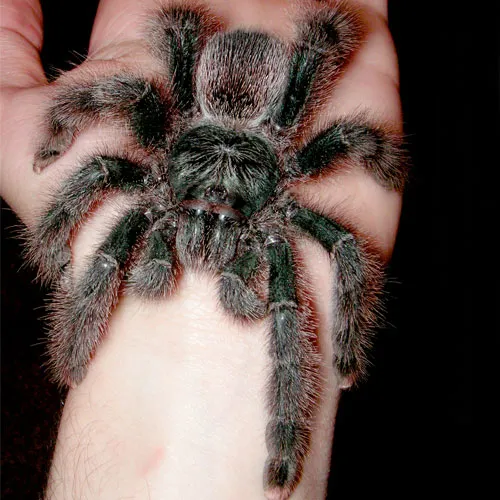
Identifying a Pink Toe Tarantula involves looking at specific characteristics. Besides the obvious pink foot pads, observe its overall size and body shape. They have a typical tarantula body shape, with a large cephalothorax (the combined head and thorax) and a round abdomen. Their arboreal lifestyle is another key indicator; they are adapted for living in trees and prefer to climb. The color of the carapace (the top shell of the cephalothorax) is usually a dark, metallic hue. Ensure you are purchasing from a reputable breeder to avoid misidentification and ensure you are getting a Pink Toe Tarantula.
Common Characteristics
Beyond appearance, Pink Toe Tarantulas exhibit specific behaviors. They are generally docile and rarely bite unless threatened. They are fast and agile spiders, capable of moving quickly when necessary. Pink Toes also possess urticating hairs, which they can flick off their abdomen as a defense mechanism. These hairs can cause skin irritation in humans. They are nocturnal creatures, most active at night, and spend much of their time hiding in their webs or burrows. They are also known for their ability to create elaborate webs to catch prey and for shelter.
Habitat and Housing
Creating a suitable habitat is crucial for the health and well-being of your Pink Toe Tarantula. Since they are arboreal, the enclosure should be tall rather than wide. The size of the enclosure depends on the size of the tarantula; a juvenile can thrive in a smaller space while an adult requires a larger terrarium. The enclosure should provide ample vertical space for climbing and webbing. Proper ventilation and humidity are also essential elements of the enclosure. Providing the right environment will help your tarantula feel secure and thrive.
Ideal Enclosure Setup
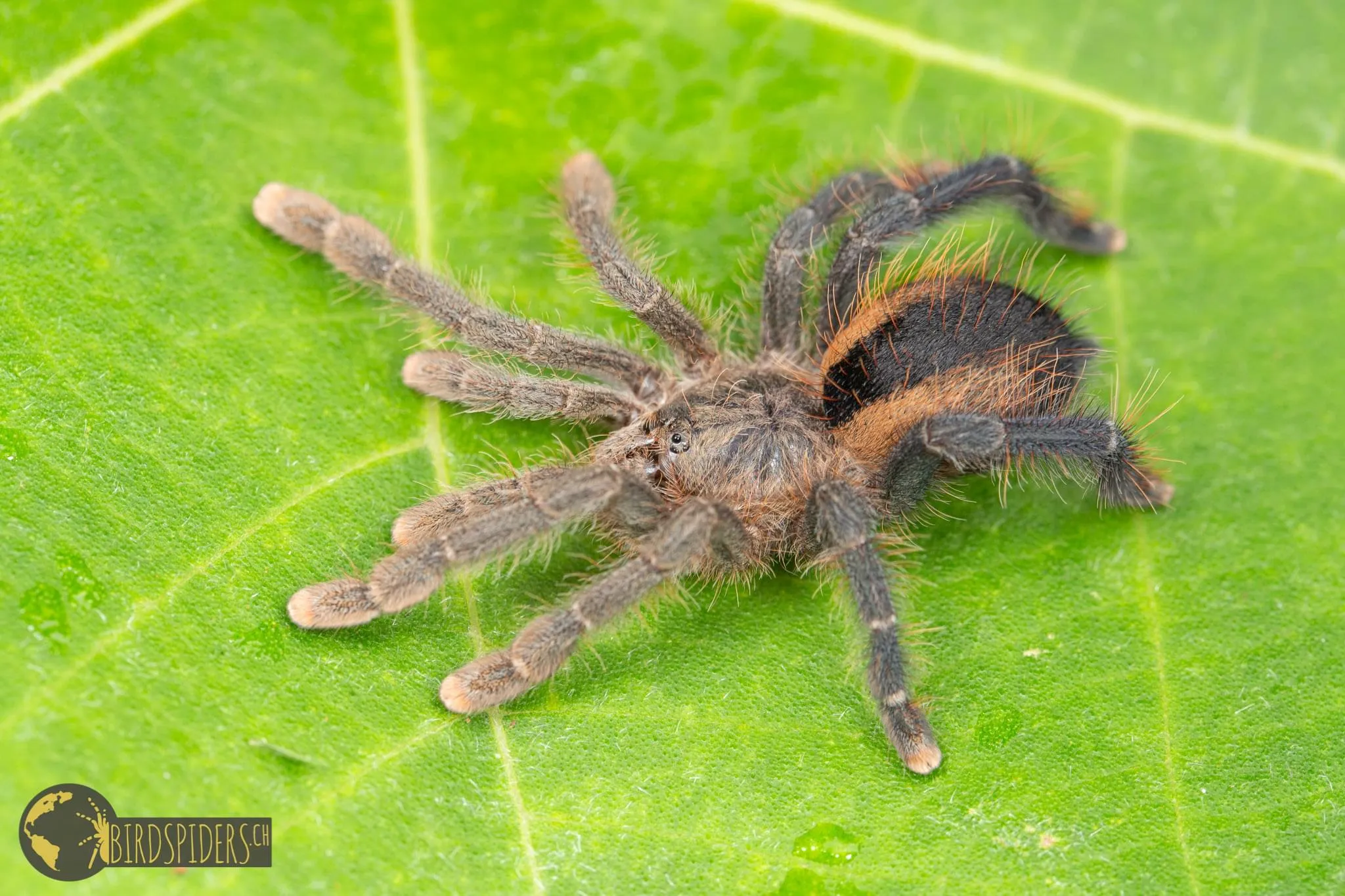
The ideal enclosure for a Pink Toe Tarantula should be a glass or acrylic terrarium with a secure, well-ventilated lid. The enclosure should be at least three times the tarantula’s leg span in height. Provide plenty of climbing opportunities such as cork bark, branches, and artificial plants. This mimics their natural arboreal habitat and allows them to feel secure. Decorate the enclosure with a hide, such as a hollow log or a piece of cork bark, where the tarantula can retreat. The enclosure should be easy to clean and maintain to prevent the build-up of bacteria or mold.
Substrate Recommendations
The substrate, or bedding, is an important part of the enclosure. The substrate should be able to retain humidity and provide a comfortable surface for the tarantula. Suitable substrate options include a mix of peat moss, coco fiber, and sphagnum moss. The depth of the substrate should be about 2-3 inches to maintain humidity. Avoid substrates that can mold easily or are toxic to the tarantula. Keep the substrate clean and replace it regularly to prevent the buildup of waste and bacteria. A clean substrate contributes to a healthy environment for your pet.
Temperature and Humidity
Maintaining the correct temperature and humidity levels is critical. Pink Toe Tarantulas thrive in temperatures between 75-85°F (24-29°C). Use a heat source, such as a low-wattage heat lamp or a heat mat placed on the side of the enclosure (not the bottom), to maintain the desired temperature. Humidity levels should be between 70-80%. Monitor the humidity levels using a hygrometer and adjust as needed. Mist the enclosure with dechlorinated water once or twice a week to maintain humidity, but avoid over-misting, which can lead to mold growth. Proper temperature and humidity promote healthy molting and overall well-being.
Feeding Your Pink Toe Tarantula
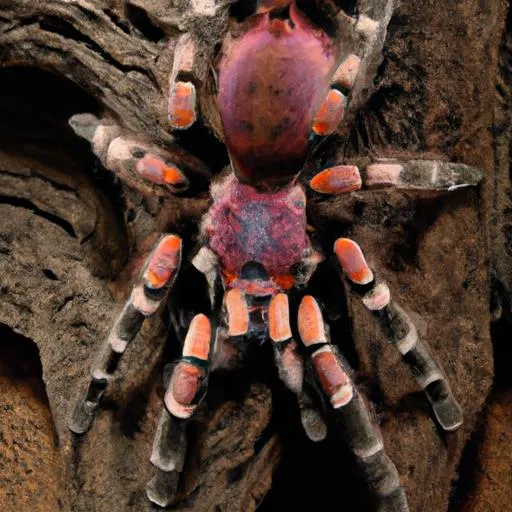
Feeding your Pink Toe Tarantula is a straightforward process. They are primarily insectivores, meaning they eat insects. The type and size of the insects you offer depend on the size of your tarantula. Providing the right diet is essential for their growth and health. Ensure the insects are gut-loaded before feeding, meaning they are fed nutritious food to pass on nutrients to the tarantula. Remove uneaten food after 24 hours to prevent the build-up of mold and mites, and ensure the enclosure remains clean and hygienic.
Dietary Requirements
The diet of a Pink Toe Tarantula should consist mainly of insects. Suitable food items include crickets, mealworms, dubia roaches, and locusts. The size of the prey should be appropriate for the tarantula; the general rule is that the prey should be no larger than the tarantula’s body. Variety in the diet is beneficial, so offering different types of insects can provide a range of nutrients. Avoid feeding wild-caught insects, as they may carry parasites or pesticides. It’s a good practice to gut-load the insects before feeding them to your tarantula to maximize the nutritional value.
Feeding Frequency
Feeding frequency depends on the age and size of the tarantula. Spiderlings and juveniles need to be fed more frequently, about every 2-3 days. Adults can be fed every 5-7 days. Observe your tarantula’s abdomen; a well-fed tarantula will have a plump abdomen. If the abdomen appears shrunken, it might be underfed. Overfeeding can lead to health problems, so it’s essential to find the right balance. Always remove uneaten food within 24 hours to maintain a clean enclosure.
Water and Hydration
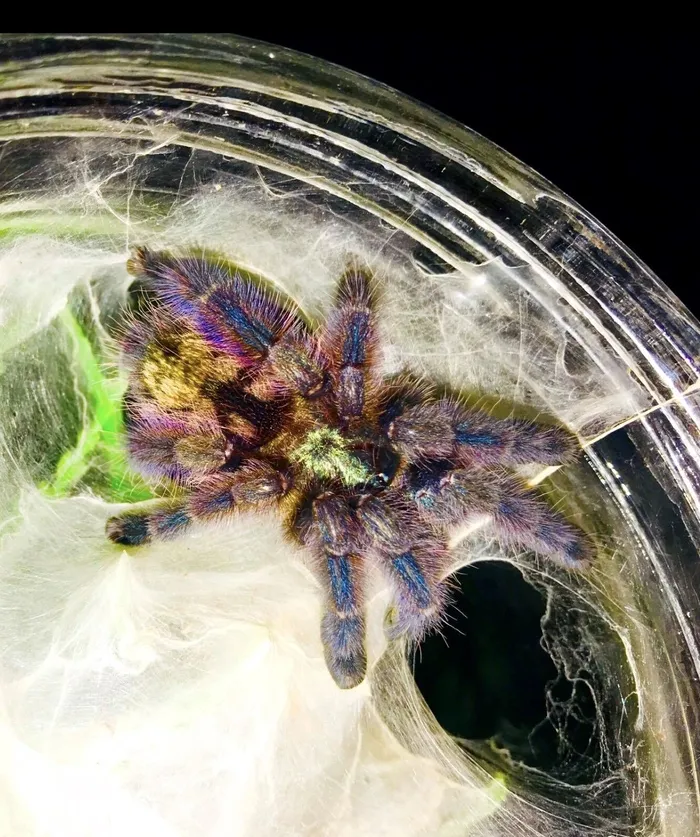
Providing fresh water is essential for hydration. Pink Toe Tarantulas need access to clean water at all times. Use a shallow water dish or a bottle cap filled with dechlorinated water. The water dish should be shallow enough to prevent the tarantula from drowning. In addition to a water dish, misting the enclosure once or twice a week helps maintain humidity and provides drinking water. Ensure the water source is clean and free of any contaminants. Regularly cleaning the water dish is important to avoid algae and bacterial growth. Fresh water is vital for their overall health and well-being. (Image: Pink Toe Tarantula drinking water)
Handling and Safety
While Pink Toe Tarantulas are generally docile, handling them should be approached with caution. Their speed and potential for defensive behavior mean careful consideration is required. Understanding their behavior and practicing safe handling techniques is critical to preventing injuries to both the tarantula and the handler. Always prioritize the safety of your pet by creating a secure environment.
Safe Handling Practices
When handling your Pink Toe Tarantula, it’s best to do so in a controlled environment, such as over a soft surface (bed or carpet) in case of a fall. Avoid handling them if they seem agitated or defensive. Use a soft brush or a cup to gently coax the tarantula onto your hand. Always keep your hand close to the surface to prevent a fall. Never squeeze or drop the tarantula. Wash your hands thoroughly before and after handling. Always handle your tarantula gently and with respect, understanding their natural behaviors.
Avoiding Bites and Injury
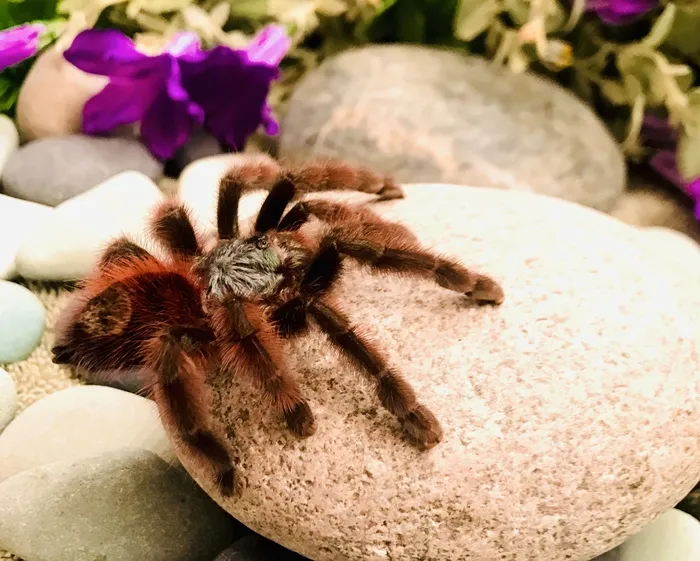
Bites from Pink Toe Tarantulas are rare, but they can happen if the spider feels threatened. To avoid a bite, always approach them calmly and avoid sudden movements. Never put your fingers directly in front of the tarantula. Be mindful of the urticating hairs, which can cause skin irritation. If you are bitten, wash the area with soap and water. If you experience severe symptoms such as swelling or difficulty breathing, seek medical attention immediately. Always prioritize the tarantula’s well-being and avoid actions that might frighten or harm it. (Image: Close up Pink Toe Tarantula)
Common Health Issues
Pink Toe Tarantulas are generally hardy, but like any pet, they can be prone to certain health issues. Understanding potential problems and recognizing signs of illness is essential for providing the best care. Regular observation and preventative care can help minimize the risk of health problems and ensure a long and healthy life for your pet. By being attentive to your tarantula’s needs and recognizing any changes in behavior, you can address potential health issues promptly.
Recognizing Signs of Illness
Several signs can indicate that your Pink Toe Tarantula may be ill. These include loss of appetite, lethargy, or unusual behavior. A tarantula that is constantly hiding, or not moving could be sick. Other signs include a swollen abdomen, difficulty molting, or the presence of parasites. If you notice any of these signs, consult an experienced tarantula keeper or a veterinarian specializing in exotic animals. Early detection and intervention are vital to addressing health problems effectively. Regular observation of your tarantula’s behavior and appearance is crucial for detecting potential issues.
Preventative Care and Maintenance
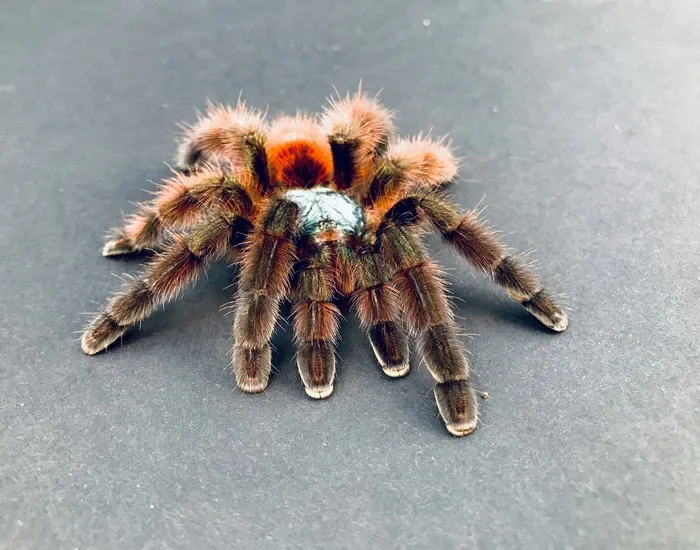
Preventative care is key to keeping your Pink Toe Tarantula healthy. This includes providing a clean and well-maintained enclosure, a balanced diet, and appropriate temperature and humidity levels. Ensure the enclosure is cleaned regularly and that the substrate is replaced. Handle your tarantula with care and avoid stressing it. Regularly inspect the tarantula for any signs of illness or injury. Provide fresh water daily. A healthy tarantula is more likely to live a long and fulfilling life. (Image: Clean enclosure)
Lifespan and Breeding
Understanding the lifespan and breeding habits of Pink Toe Tarantulas is essential for providing the best care and planning for the long term. These factors influence the care you provide and the expectations you have for your pet. Knowing how long they live and what’s involved in breeding can add an extra layer of appreciation for these amazing creatures.
Average Lifespan
The average lifespan of a Pink Toe Tarantula varies by sex. Females can live for 7 to 10 years, sometimes even longer. Male Pink Toe Tarantulas, however, have a much shorter lifespan, typically living only 2 to 3 years. Proper care, including a suitable habitat, proper feeding, and appropriate temperature and humidity, can help maximize their lifespan. The extended lifespan of the females makes them a long-term commitment for pet owners.
Breeding Information
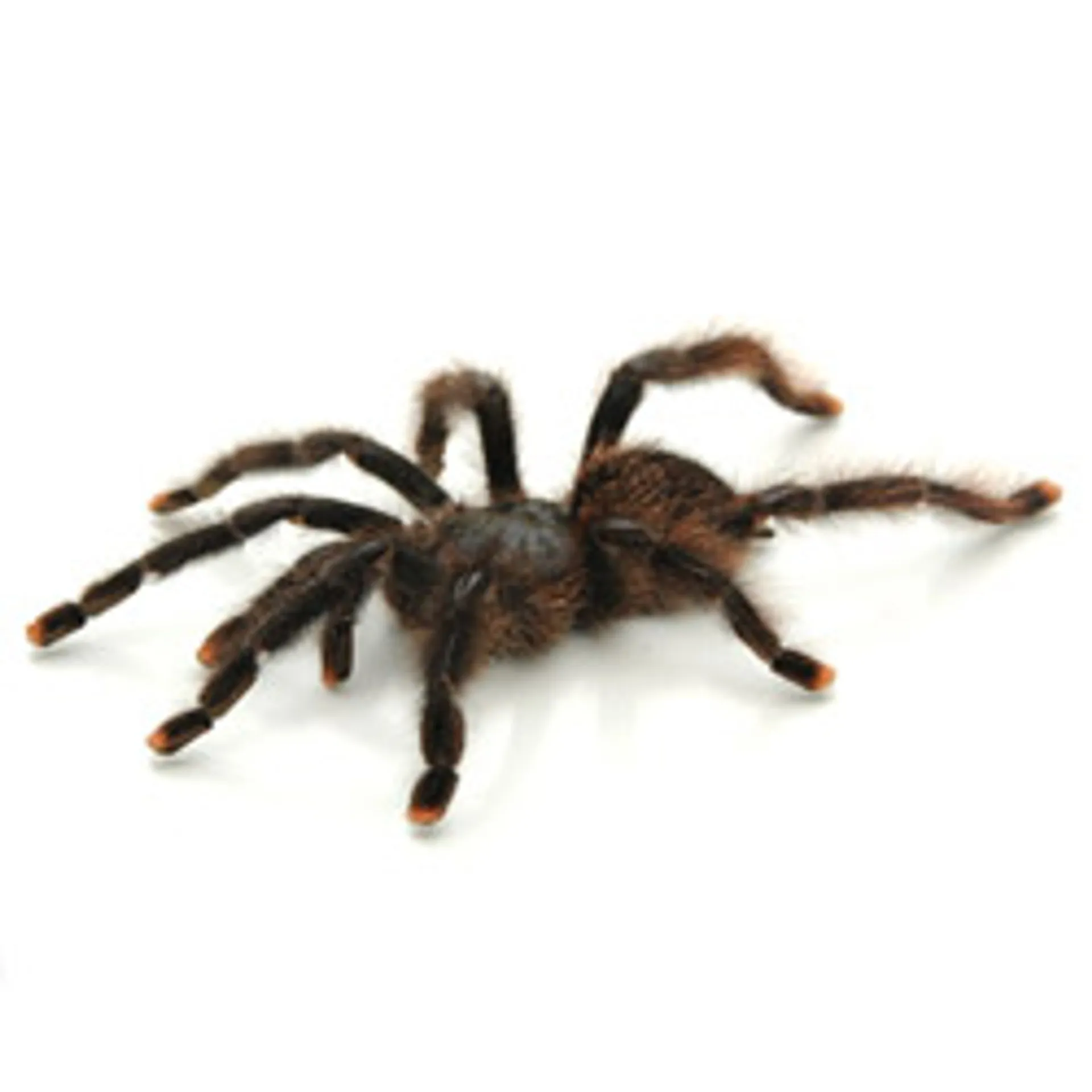
Breeding Pink Toe Tarantulas is possible but requires specialized knowledge and equipment. It’s usually best left to experienced tarantula keepers. Successful breeding involves introducing a mature male to a mature female. The process can be complex, with specific environmental conditions and careful monitoring needed. If breeding is successful, the female will lay an egg sac. The eggs will hatch, and the spiderlings will require special care to ensure their survival. Breeding Pink Toe Tarantulas is a fascinating aspect of tarantula keeping, but it’s crucial to be prepared for the complexities involved. (Image: Pink Toe Tarantula eggs)
